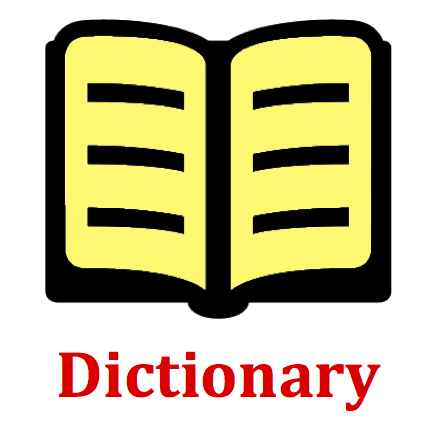Hold down the T key for 3 seconds to activate the audio accessibility mode, at which point you can click the K key to pause and resume audio. Useful for the Check Your Understanding and See Answers.
Mission RM8 Convex Mirror Ray Tracing - Question Group 3 Help

An image is a likeness of an object which is at a location where ______.

An image is a likeness of an object which is at a location in space where it would seem to all observers as though the reflected light is coming from.

Suppose you place a small light bulb in front of a large convex mirror. Light rays extend from the bulb in all directions, many of which will approach the convex mirror. We refer to these rays as incident rays. Each incident ray reflects off the convex mirror according to the law of reflection. The reflected rays diverge upon reflection from the convex mirror. It is because of these reflected rays of light that an observer can view the image of the light bulb when looking in the mirror. If each of these diverging reflected rays could be extended backwards from the eye of the observer toward the convex mirror, they would all intersect at the same location. This intersection point would be behind the convex mirror. It is the image location. The image location is the location in space where it would seem to all the observers as though the reflected light is coming from.
